GrandviewNick Engelbert (1881-1962)
Extant
7351 Highway 39, Hollandale, WI, 53544, United States
1937 to early 1950s
The grounds are open during daylight hours year ‘round. The museum is open by appointment.
About the Artist/Site
Nick Engelbert was born in 1881, in what was then part of the Austro-Hungarian Empire in Central Europe. He spent part of his teens in Vienna, where he apprenticed with a master machinist and gained a skill that suited his itinerant lifestyle. For about fifteen years Engelbert’s path took him through several continents and into a wide variety of jobs, including machinist, soldier, engineer, sailor, vagabond, and prospector. In 1909 Engelbert came to the United States and for three years he worked all over the country as an itinerant laborer. In 1912 Engelbert met Katherine Thoni in Chicago. They married in 1913 and moved to Hollandale, in rural southwestern Wisconsin, where he finally settled down and where together they adapted to life on a dairy farm and raised four children.
Hollandale is about 26 miles from the Dickeyville Grotto. Nick and Katherine visited the grotto, where Nick apparently was inspired to begin a project of his own. In 1937, with their four children grown, Nick and Katherine condensed their dairy business, and Nick began the transformation of home and yard into sculpture garden and roadside attraction. Developing his own aesthetic and technique for building with concrete, Engelbert defined the borders of their yard with a row of flower urns to the east and a unique variation on a post-and-rail fence to the west. Incorporating delicately encrusted jardinières and arches that spanned small shrubs into the rail design, Engelbert’s fence punctuated a cultivated garden while also reflecting the undulating, surrounding landscape.
Engelbert modified the family’s clapboard house with an elaborate framework around the entry, which he then covered with embellished concrete. This structure was surmounted by birdhouses, a castle form, a globe with flags, and sculptures of the American eagle and the double-headed eagle of the Austro-Hungarian Empire, commemorating both his adopted and former homelands. Assisted by local masons, Engelbert went a step further, covering the exterior walls of the house with concrete, embellished with small stones in a pattern designed by Katherine.
Engelbert continued his sculptural project for about fifteen years, animating the hillside property with over forty sculptures that pictorialized moments of history, mythology, and various imaginative constructs. He called the site Grandview, fusing sculpture and garden with the breathtaking surrounding landscape. Norwegian, Irish, and Swiss immigrants to the area were honored with sculptures of a Viking, Blarney Castle, and three figures representing the founding fathers of the Swiss republic. Nearby, Paul Bunyan towered over the Seven Dwarves, who danced in a circle of hosta plants and flowers around Snow White. Engelbert also created more enigmatic tableaux, such as the Fountain of Neptune. Raised on a shell-encrusted plinth, the figure of Fortuna, Goddess of Fortune, was protected by a four-pillared canopy. Neptune raised his trident in a pool beneath her, across the pond from a seductive Mermaid. At some point the canopy collapsed, most likely destroying Fortuna, and Engelbert transformed the tableau entirely. The shell-encrusted pillars were laid horizontally across the pool as logs, upon which he installed sculptures of a Clown, a Fishing Man, and a Reading Man. In another tableau, perhaps humorously commenting on Darwin’s On The Origin of Species, he created a Family Tree, with six monkeys representing himself, Katherine, and their four children. Seated beneath a teetering tree full of monkeys, an inebriated man hoisted a bottle, oblivious to the startling antics taking place behind his back, making, as an accompanying placard narrated, “a monkey out of me.”
In a clever interpretation of the American democratic process, Engelbert built a life-size Uncle Sam figure attempting to reign in an elephant and a donkey. A sign at Sam’s feet wryly described the challenge of getting anywhere when pulled by that polarized team. Engelbert’s environment of sculpture provided him with a forum for his strong patriotic leanings and a venue for expressing his deep gratitude to his adopted country. In a news article from the 1940s he was quoted as saying, “You really can’t appreciate the United States unless you’ve actually lived in other countries. It’s because of my deep appreciation for what the United States has given me that I’m constantly working on this historical barnyard....”
Engelbert was not interested in discussing his work, but he provided parking and a picnic area for visitors, who were welcome to enjoy the garden at Grandview. Katherine created rich plantings of flowers around the tableaux and annually created a garden for PEACE, spelled out in a carpet of white alyssum. Together they amplified the model put forth by the Dickeyville Grotto, designating home and landscape as a life-specific sacred space. Engelbert worked on his “historical barnyard” until the early 1950s. On his seventieth birthday, no longer able to make sculpture, oil painting became his medium for creative expression, and occupied him for the next eleven years. Engelbert died on his eighty-first birthday in 1962.
After Engelbert’s death the property was sold, and for a while new owners were able to maintain the sculptures. By the mid-1980s, however, the house had become unoccupied and the sculptures had begun to deteriorate, and by the early 1990s the site had reached an advanced state of deterioration. After many years of trying to acquire the site, Kohler Foundation, Inc. was finally successful. A several-year, major restoration project was undertaken, addressing the home, sculptures, and garden at Grandview. The project was completed in 1997 and the site was gifted to the Pecatonica Educational Charitable (PEC) Foundation. During the restoration a few original sculptures were replicated; the replicas remain on site and the originals were moved to the John Michael Kohler Arts Center (Sheboygan, WI), where they are preserved as outstanding examples of Engelbert’s work. Conservation of the sculptures has been undertaken intermittently. The PEC Foundation continues to maintain and operate the site, hosting many workshops and creative activities through the local school system and the University of Wisconsin.
Most extant works are easily viewable from the road; the site is open to the public, year round, during daylight hours.
~Lisa Stone and Jim Zanzi
Bibliography
Stone, Lisa, and Zanzi, Jim. Sacred Spaces and Other Places A Guide to the Grottos and Sculptural Environments of the Upper Midwest. Chicago: The School of the Art Institute of Chicago Press, 1993.
Umberger, Leslie, Sublime Spaces & Visionary Worlds: Built Environments of Vernacular Artists. New York: Princeton Architectural Press; [Sheboygan, Wis.]: John Michael Kohler Arts Center, 2007.
Contributors
Materials
Concrete, glass, paint, plantings
SPACES Archives Holdings
1 folder: maps, postcards, newsletter
Related Documents
Map & Site Information
7351 Highway 39
Hollandale, WI, 53544
us
Latitude/Longitude: 42.8734481 / -89.947257
Nearby Environments


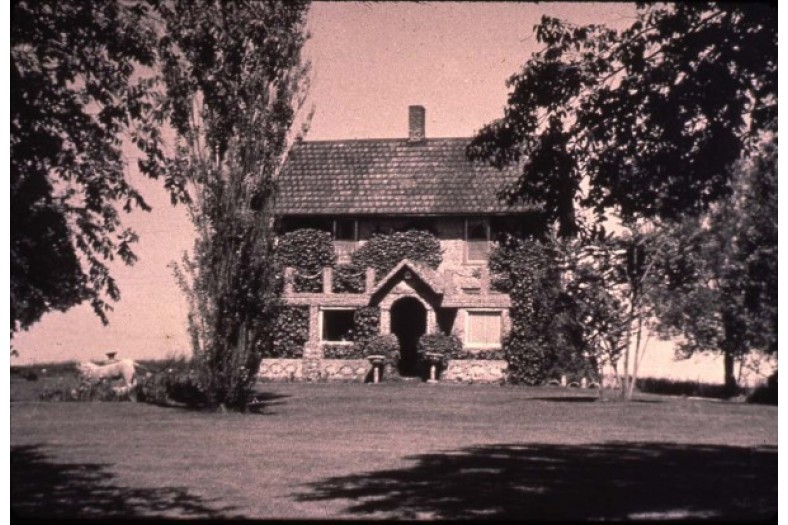

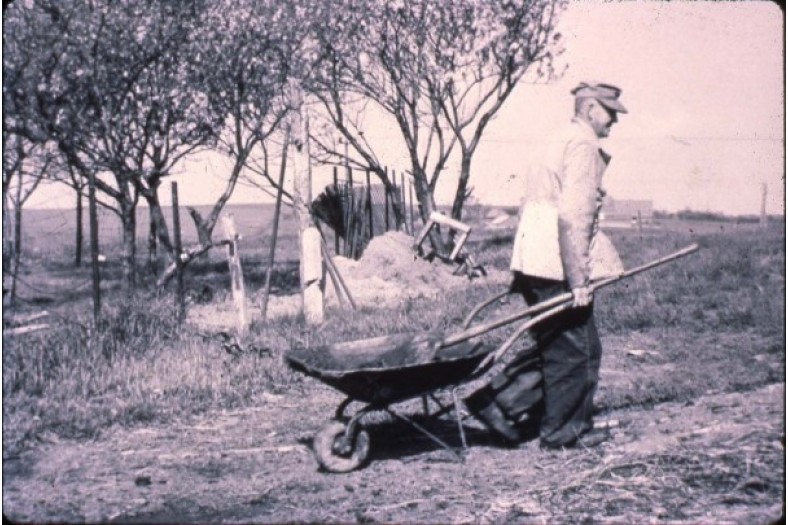
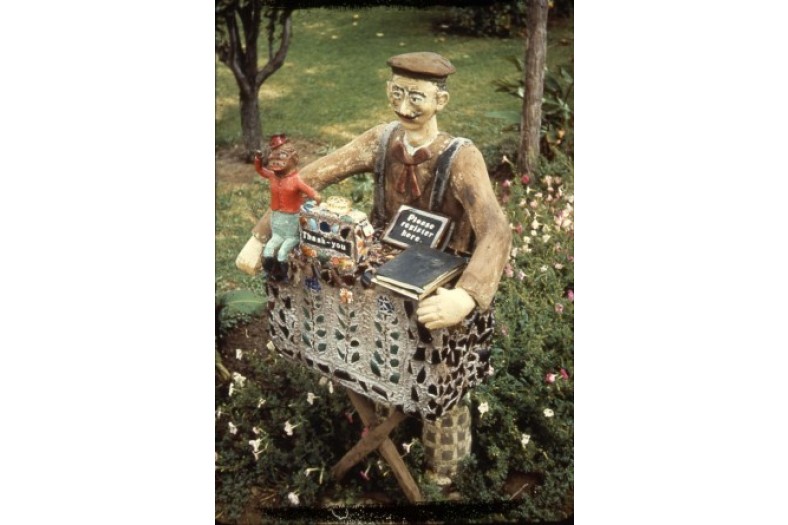
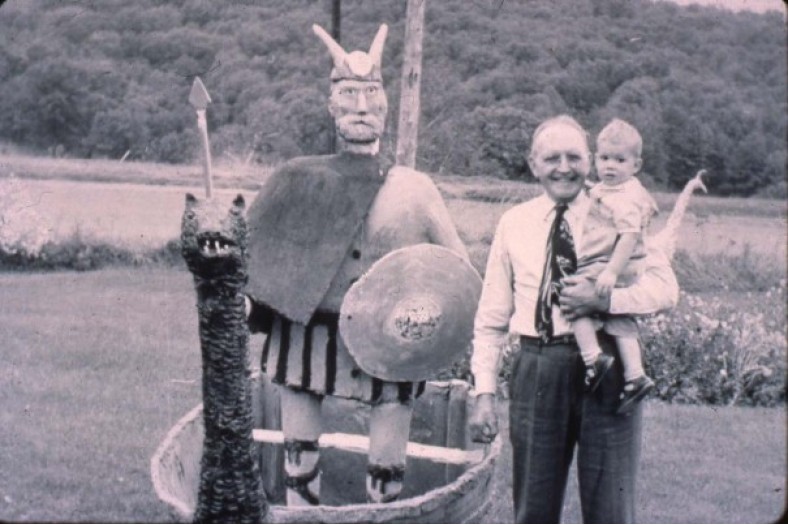

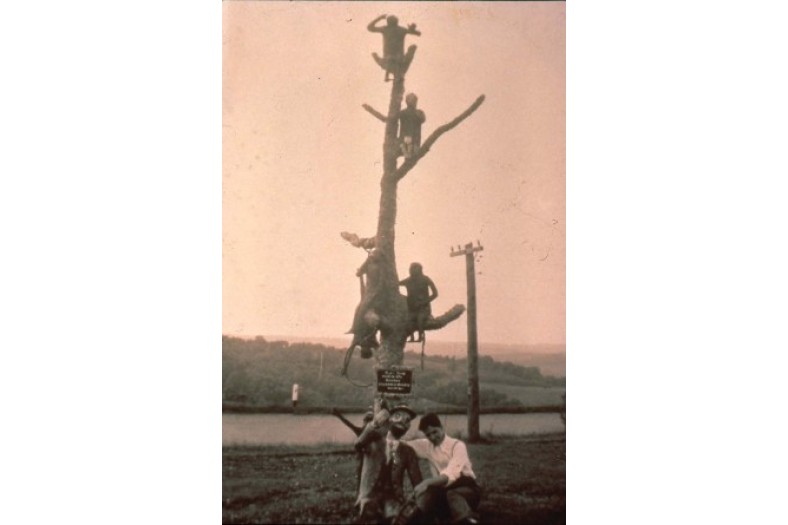
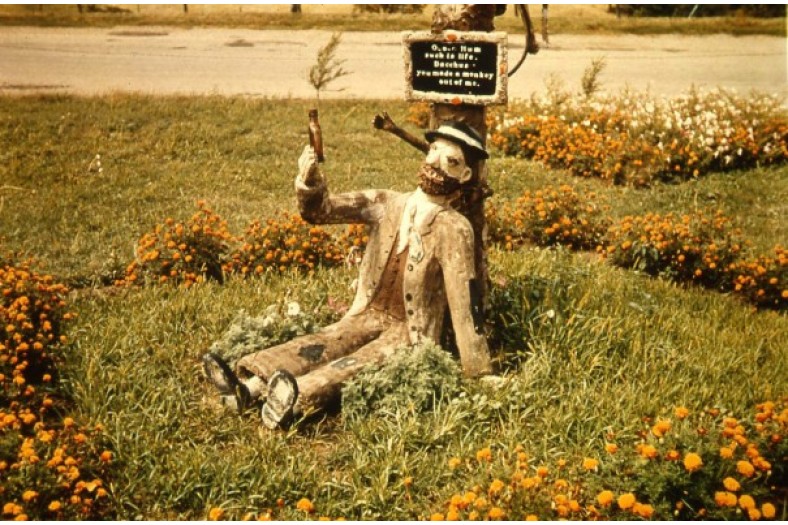
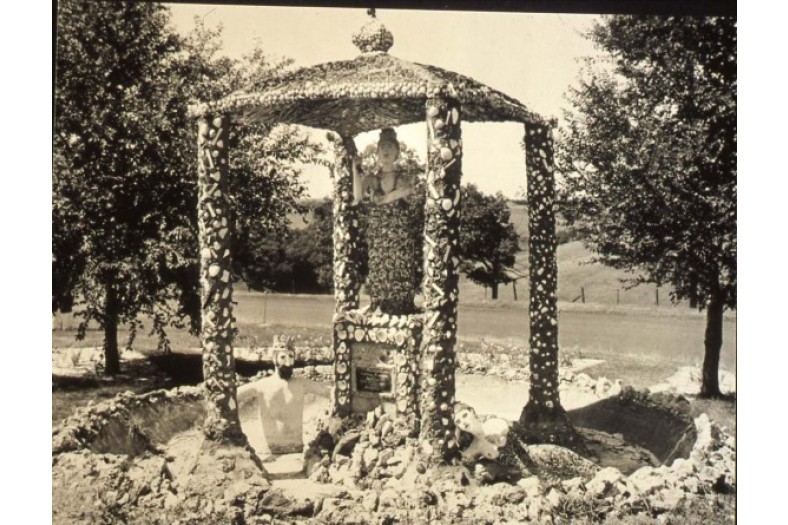
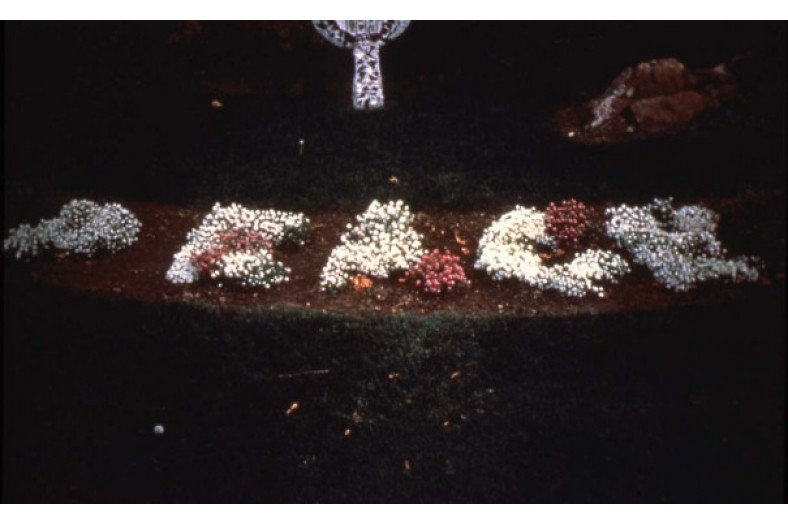
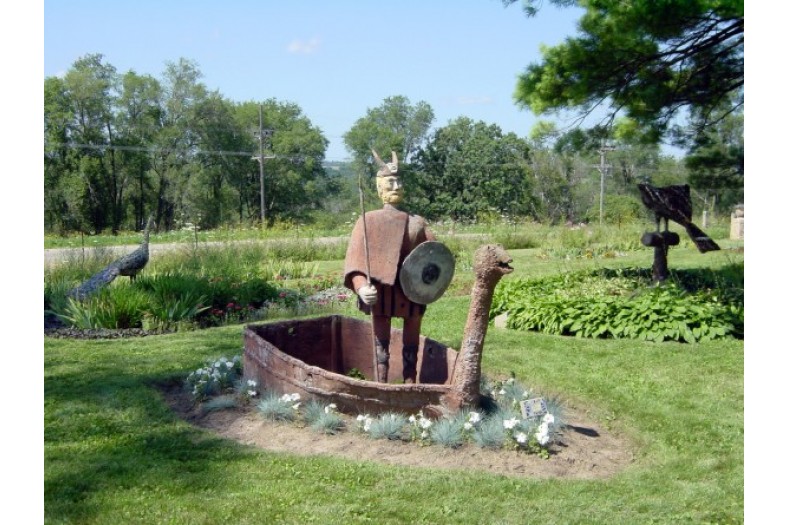
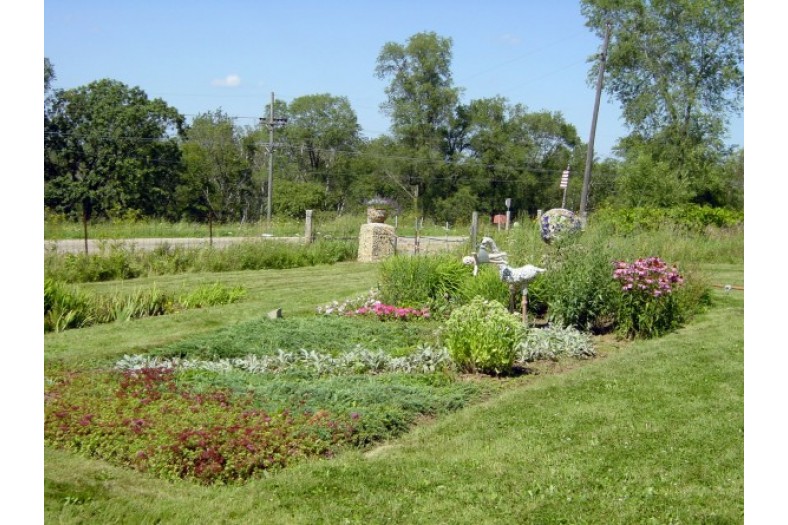
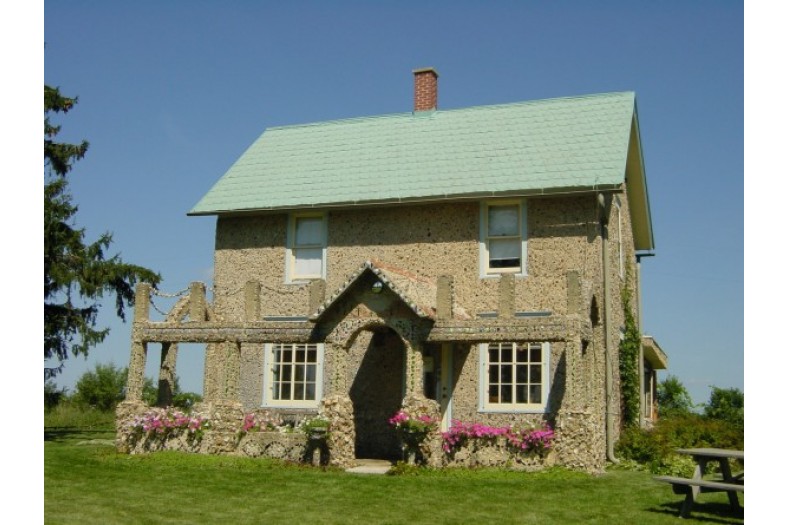

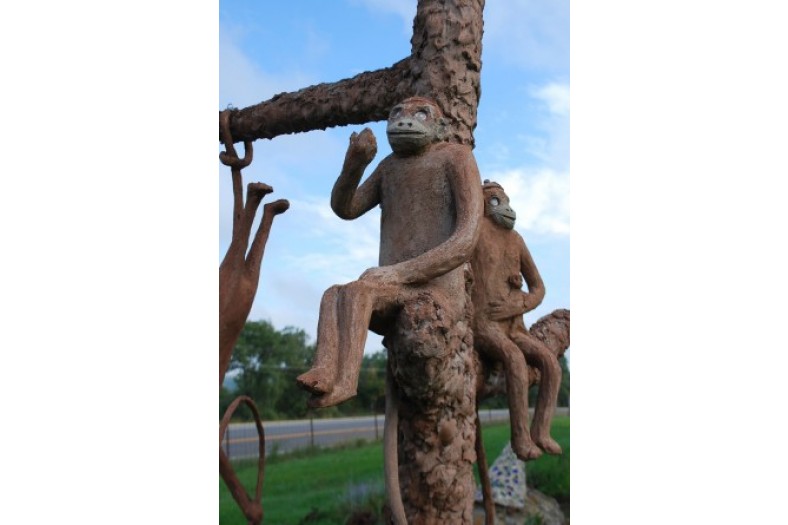
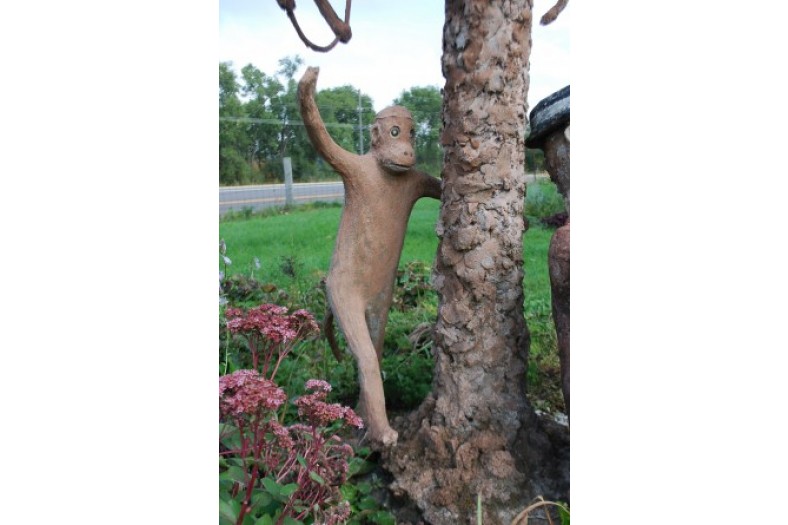


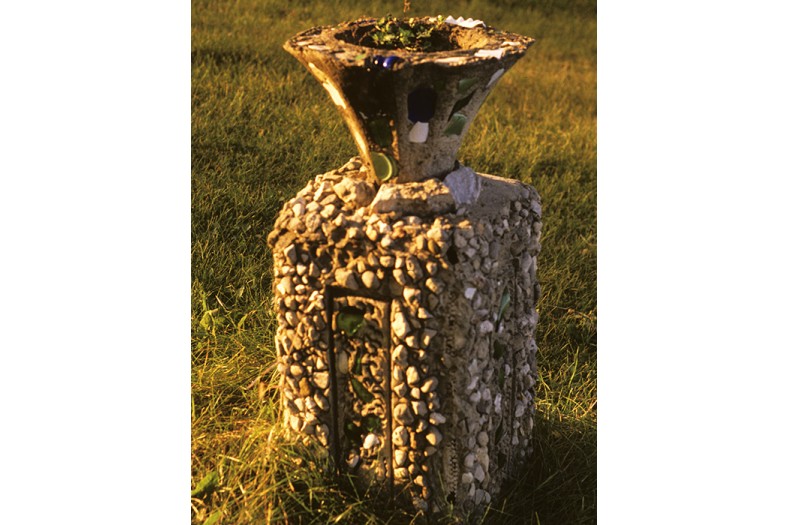
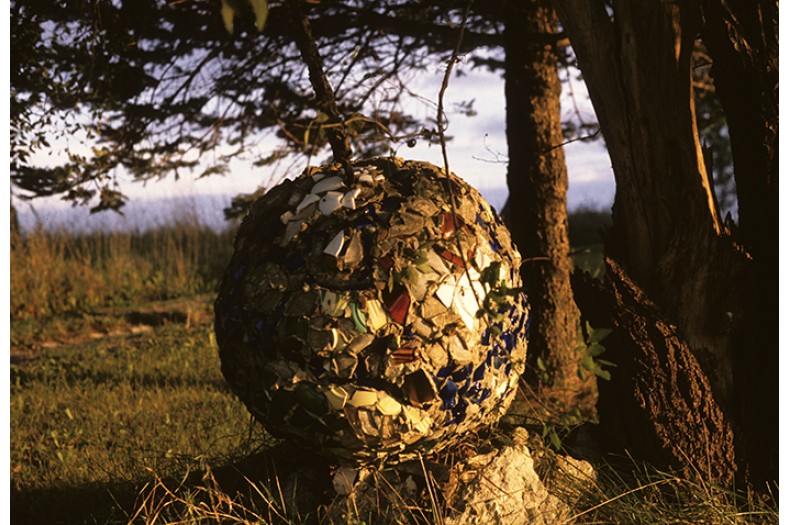
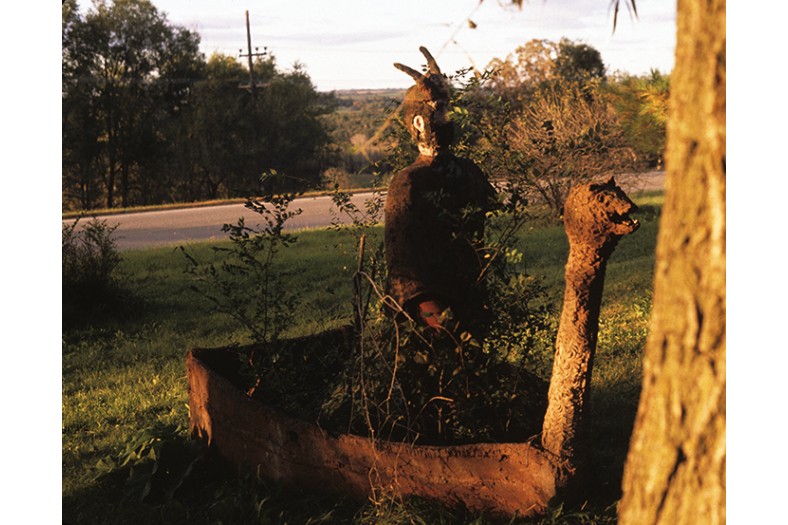

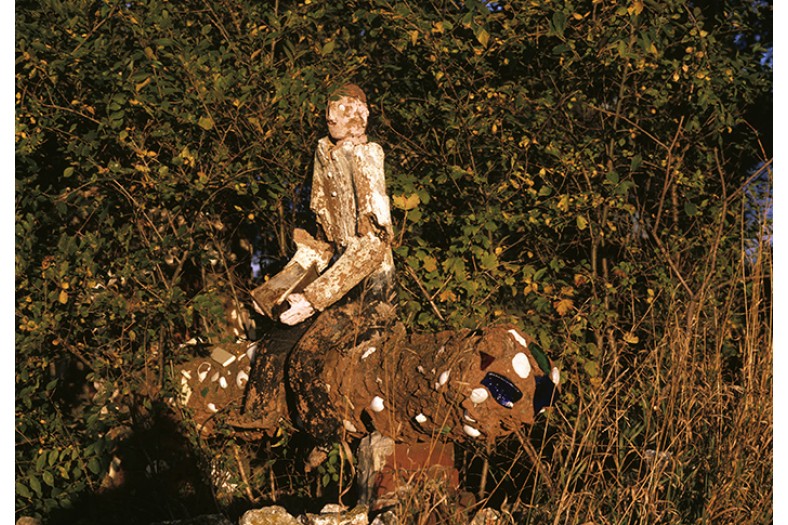
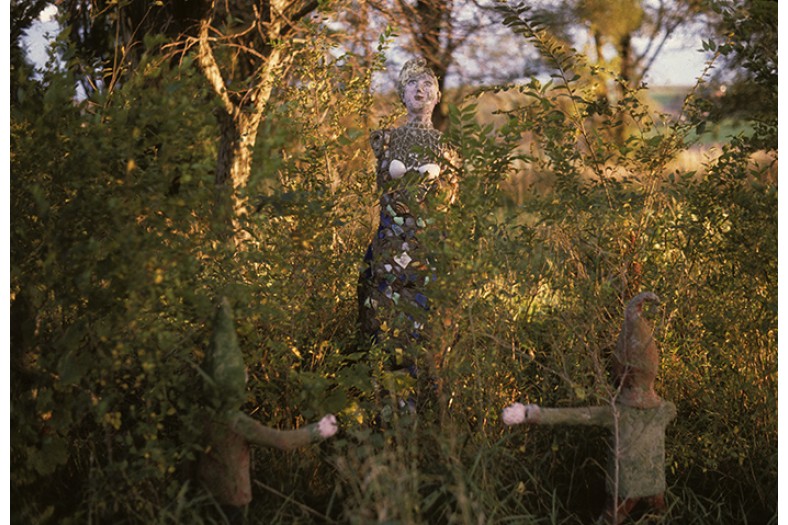
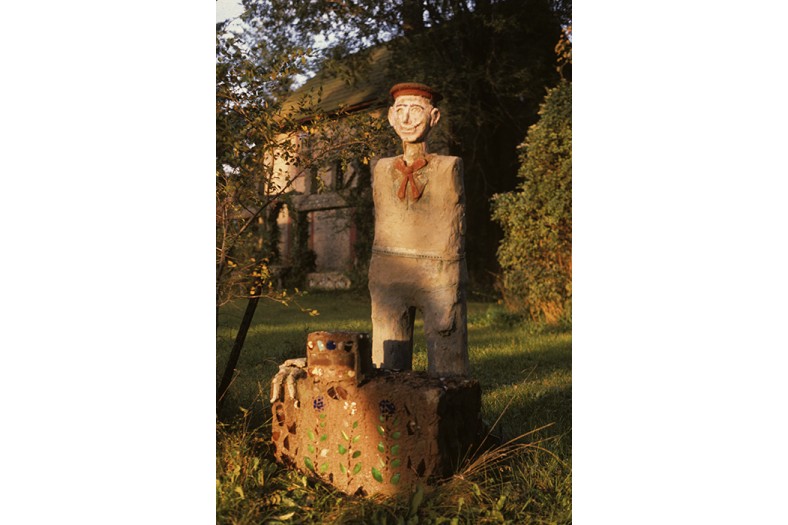

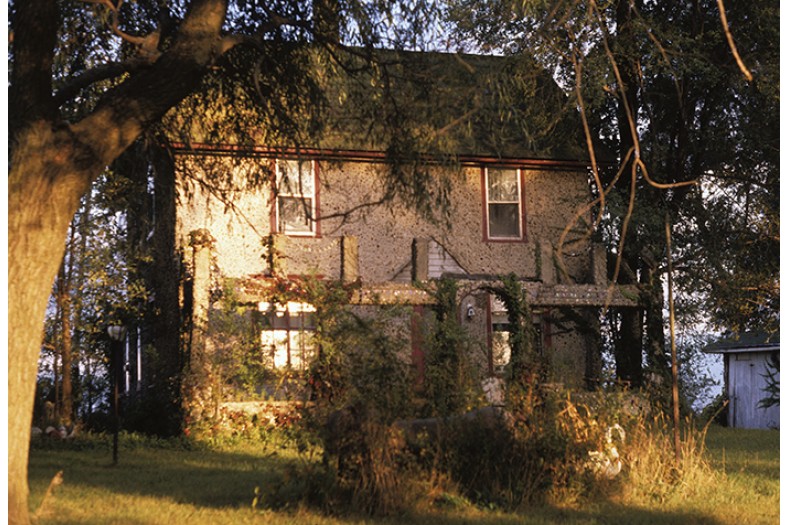

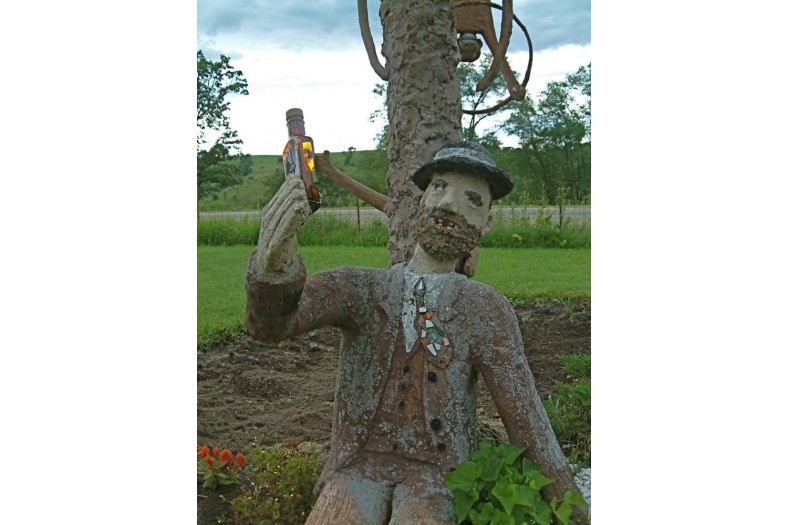
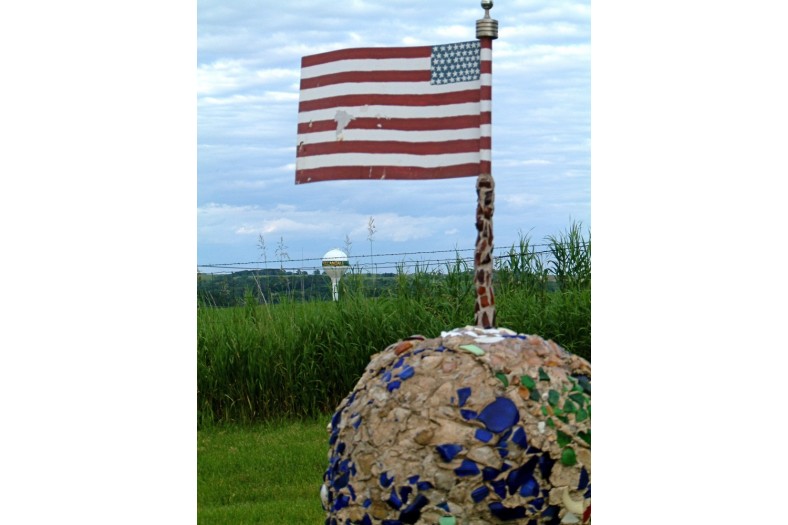
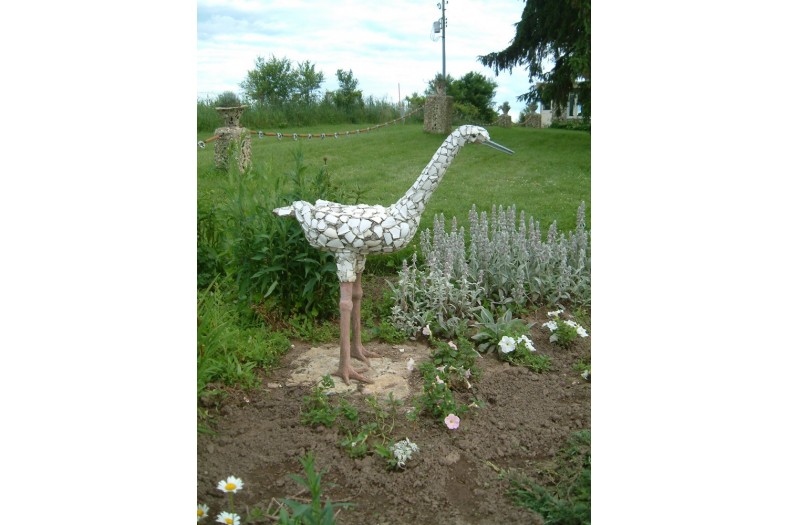
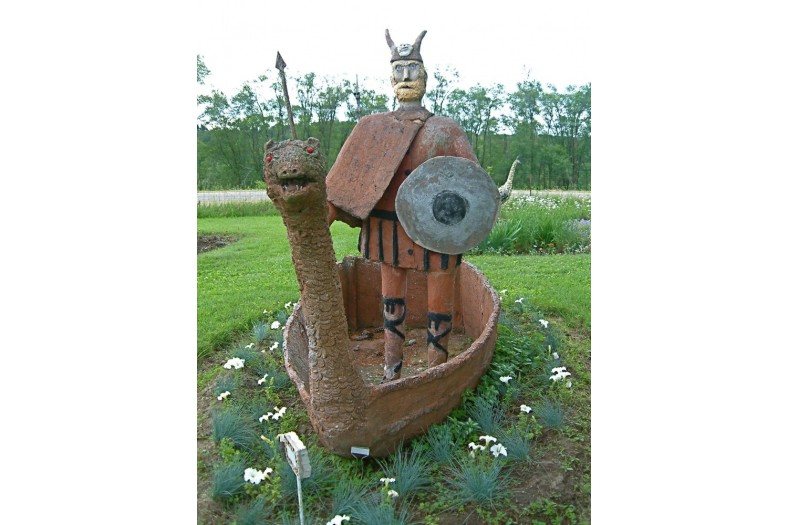
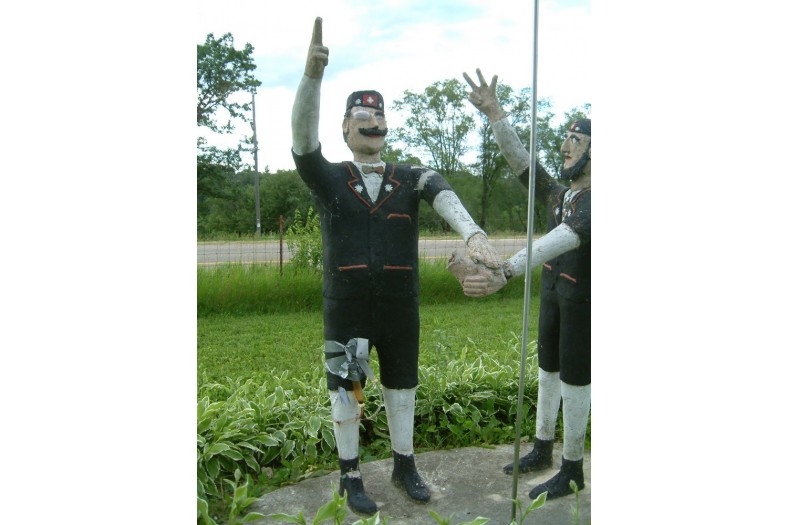
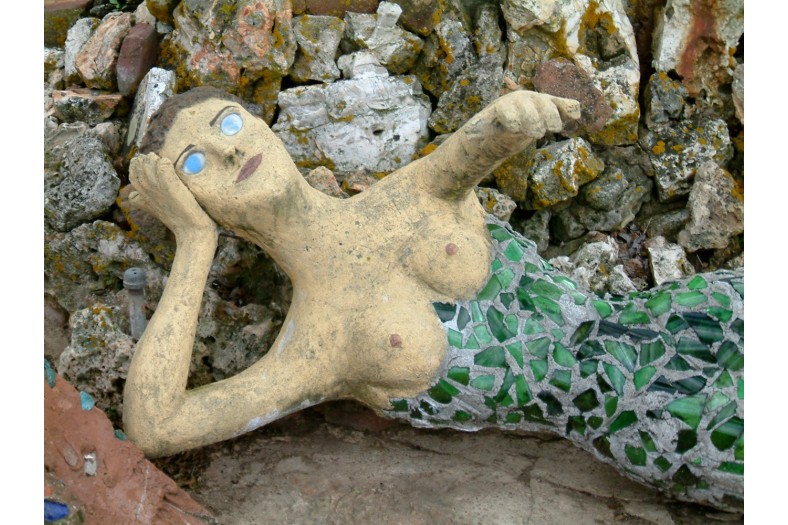
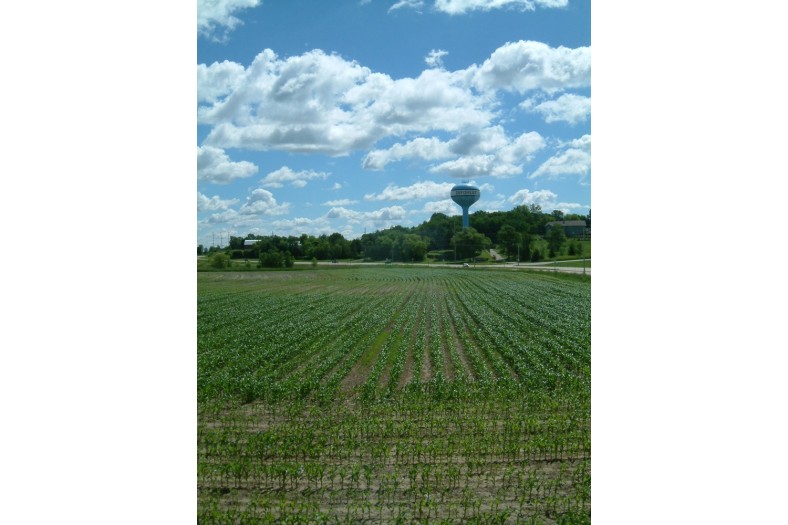
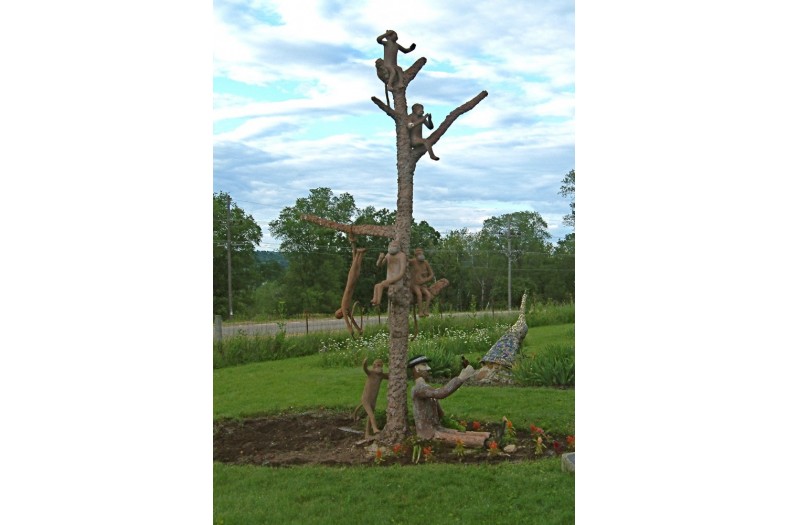
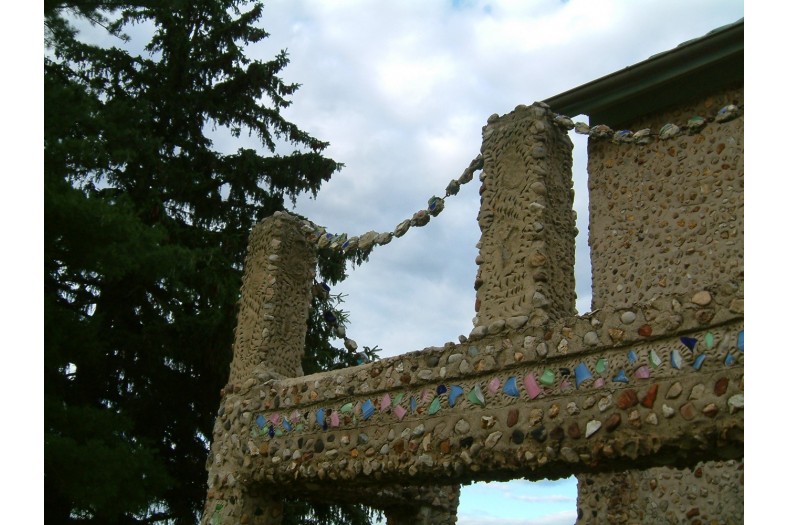

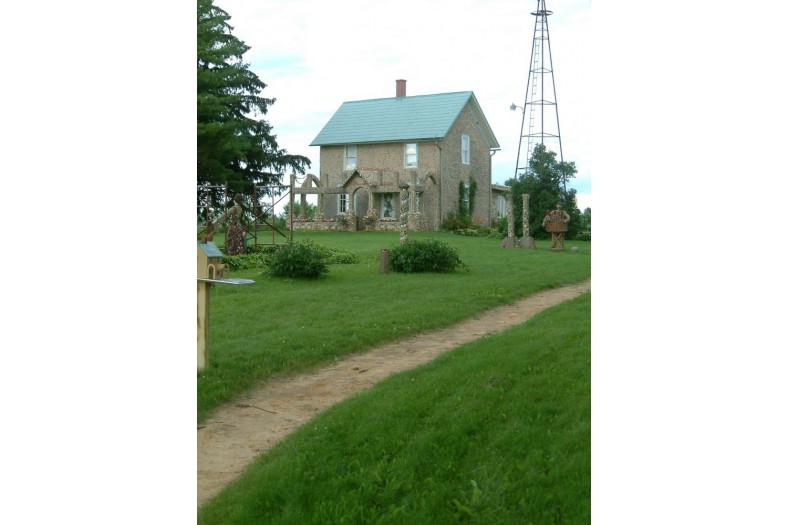

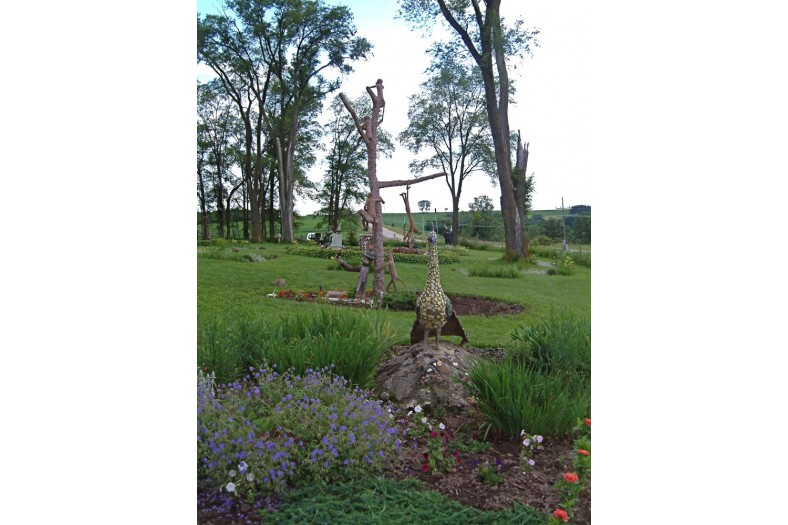
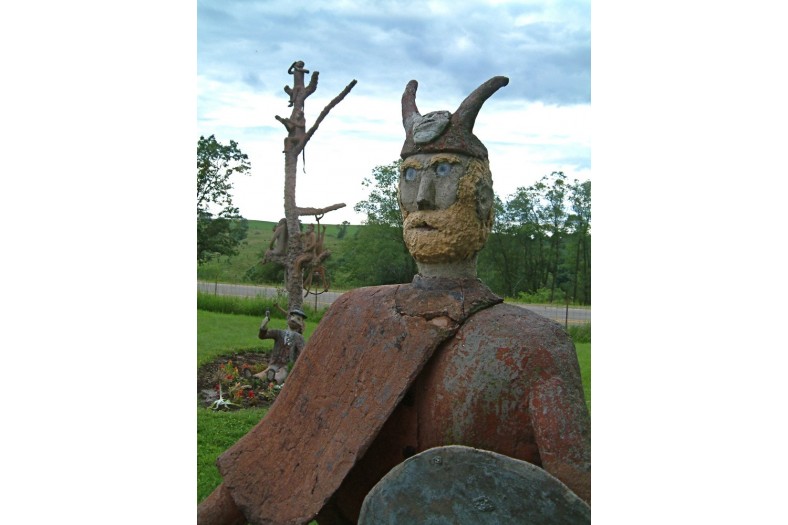

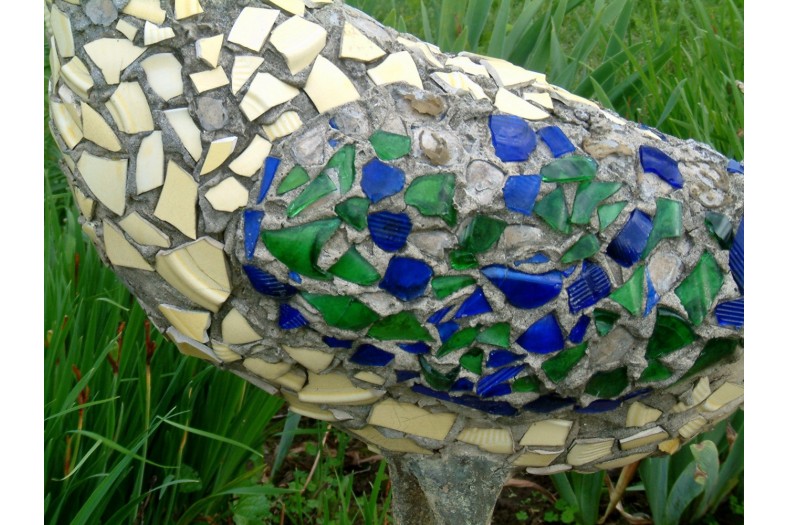
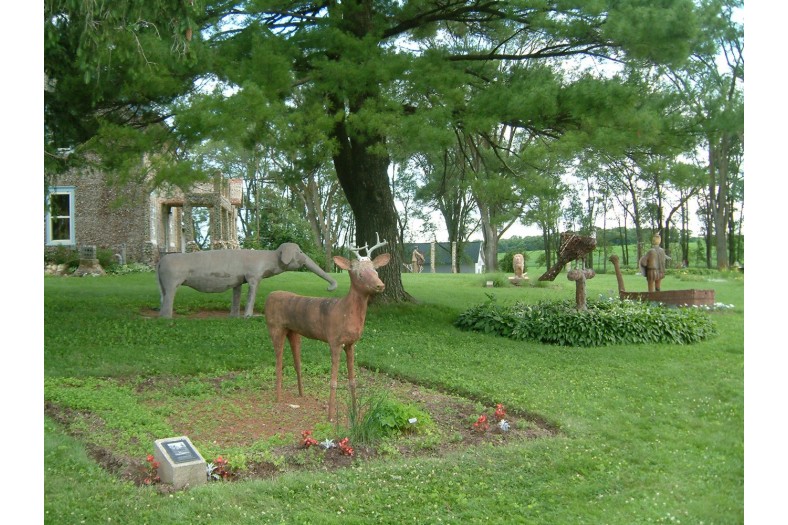

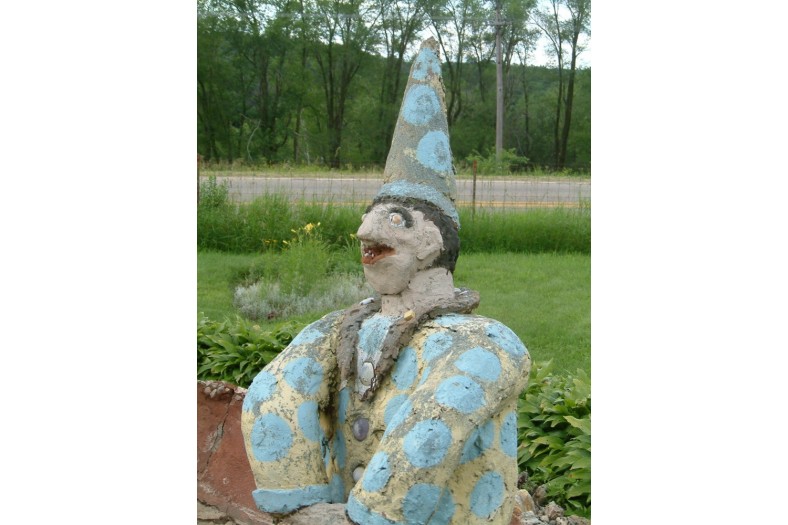
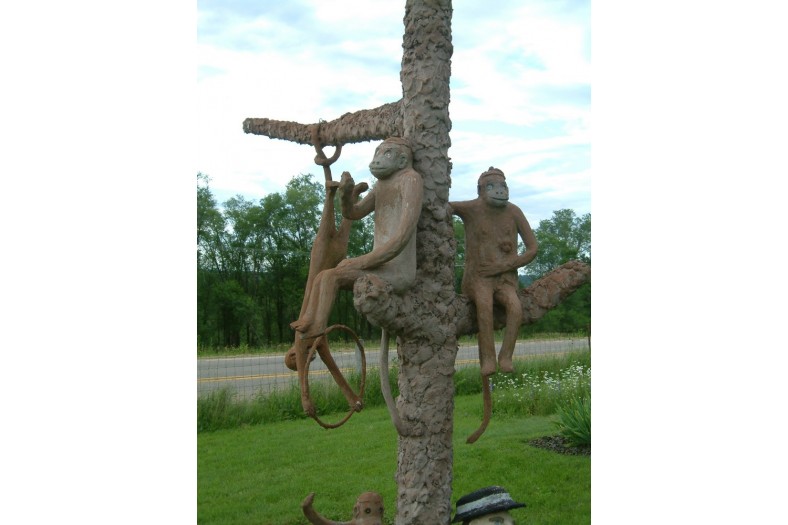
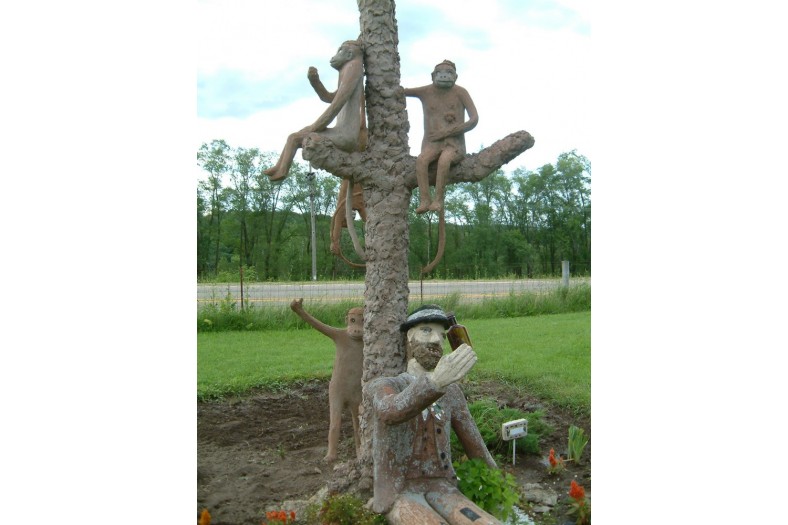
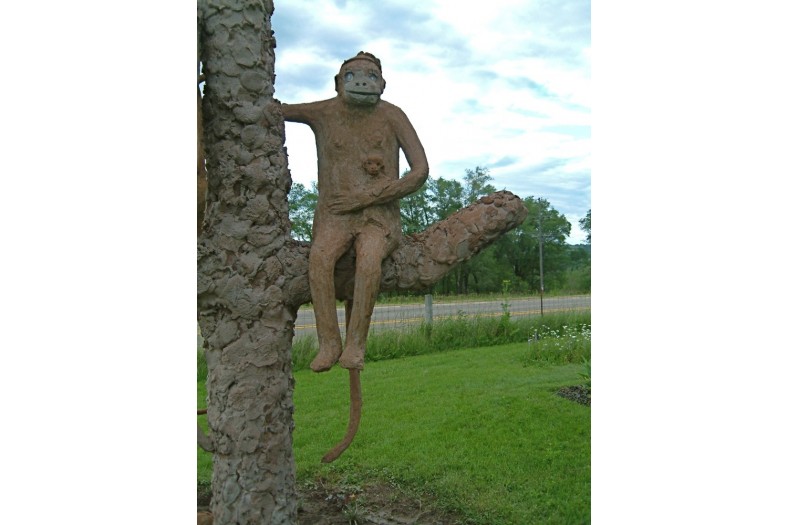
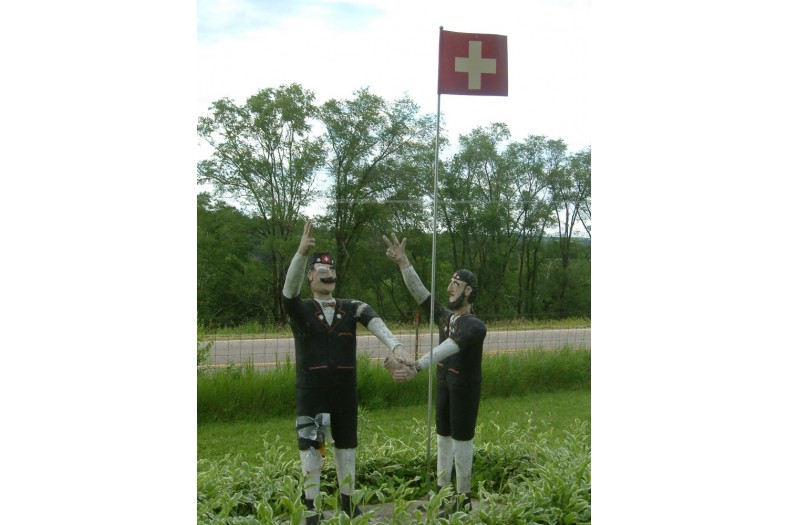
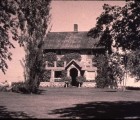
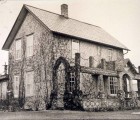
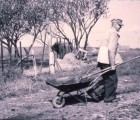
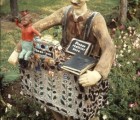
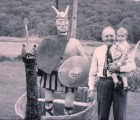
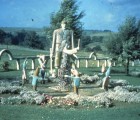
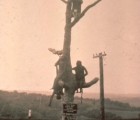
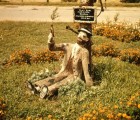
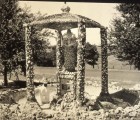
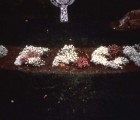

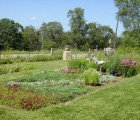
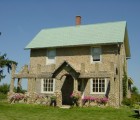
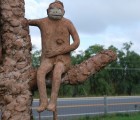

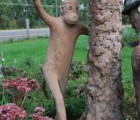
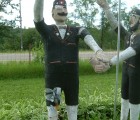
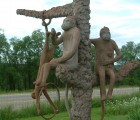
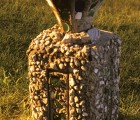
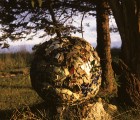
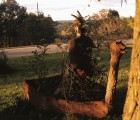
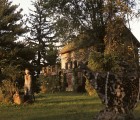
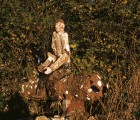
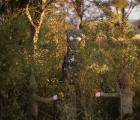
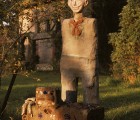
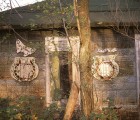
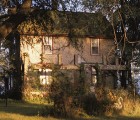
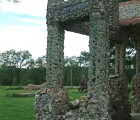
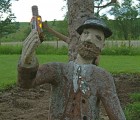
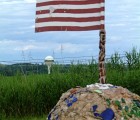
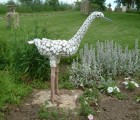
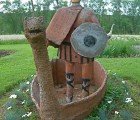
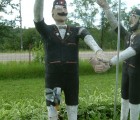
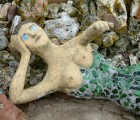
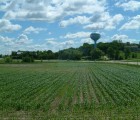
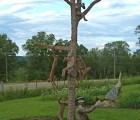
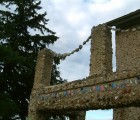
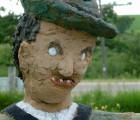
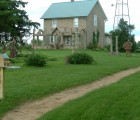
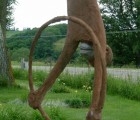
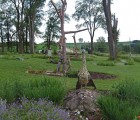
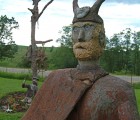
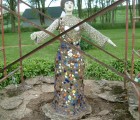
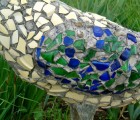
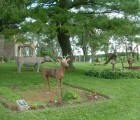
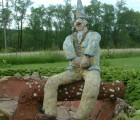
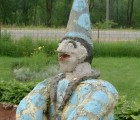
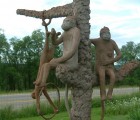
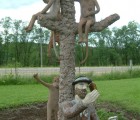
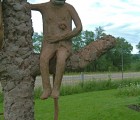
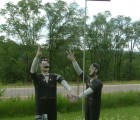
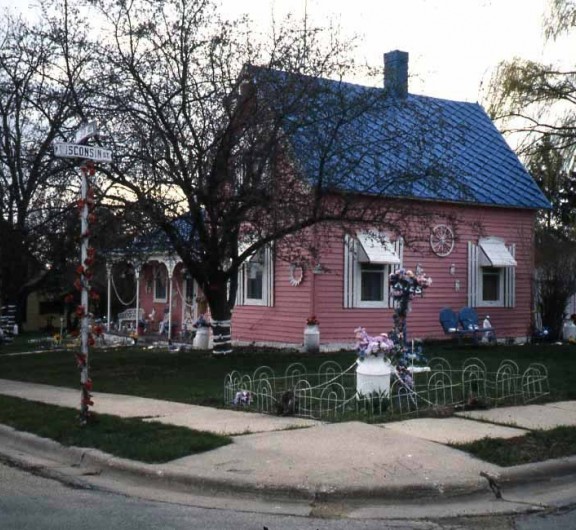
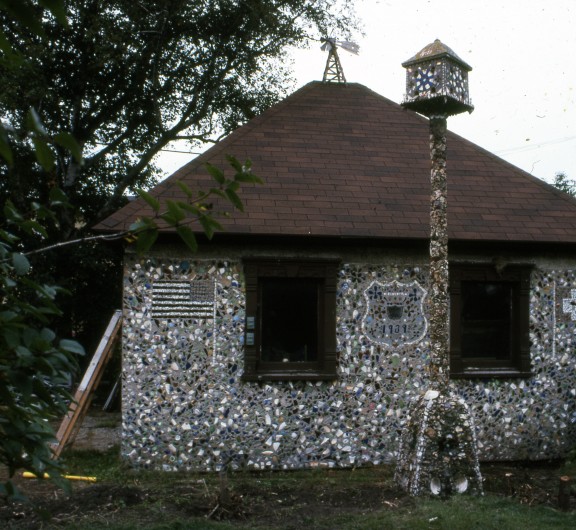
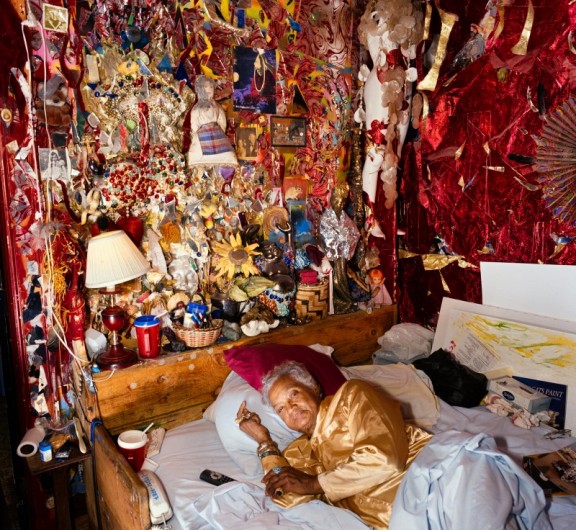
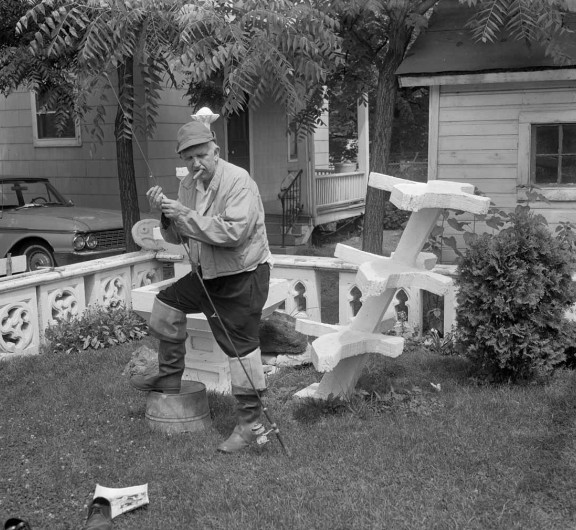
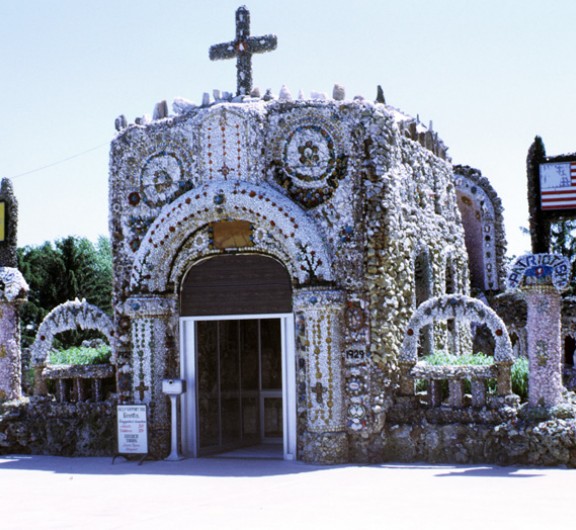
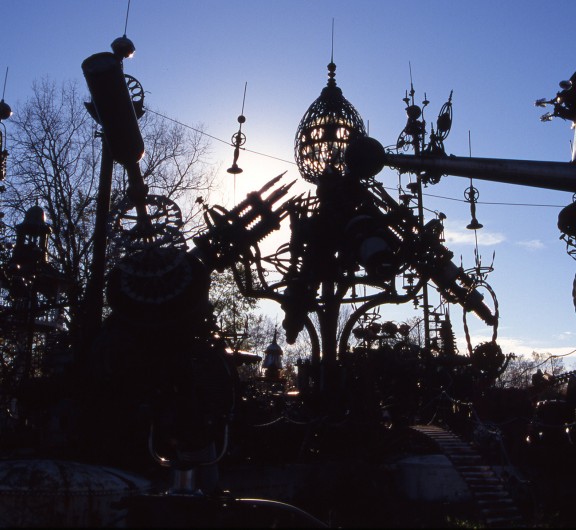

Post your comment
Comments
No one has commented on this page yet.